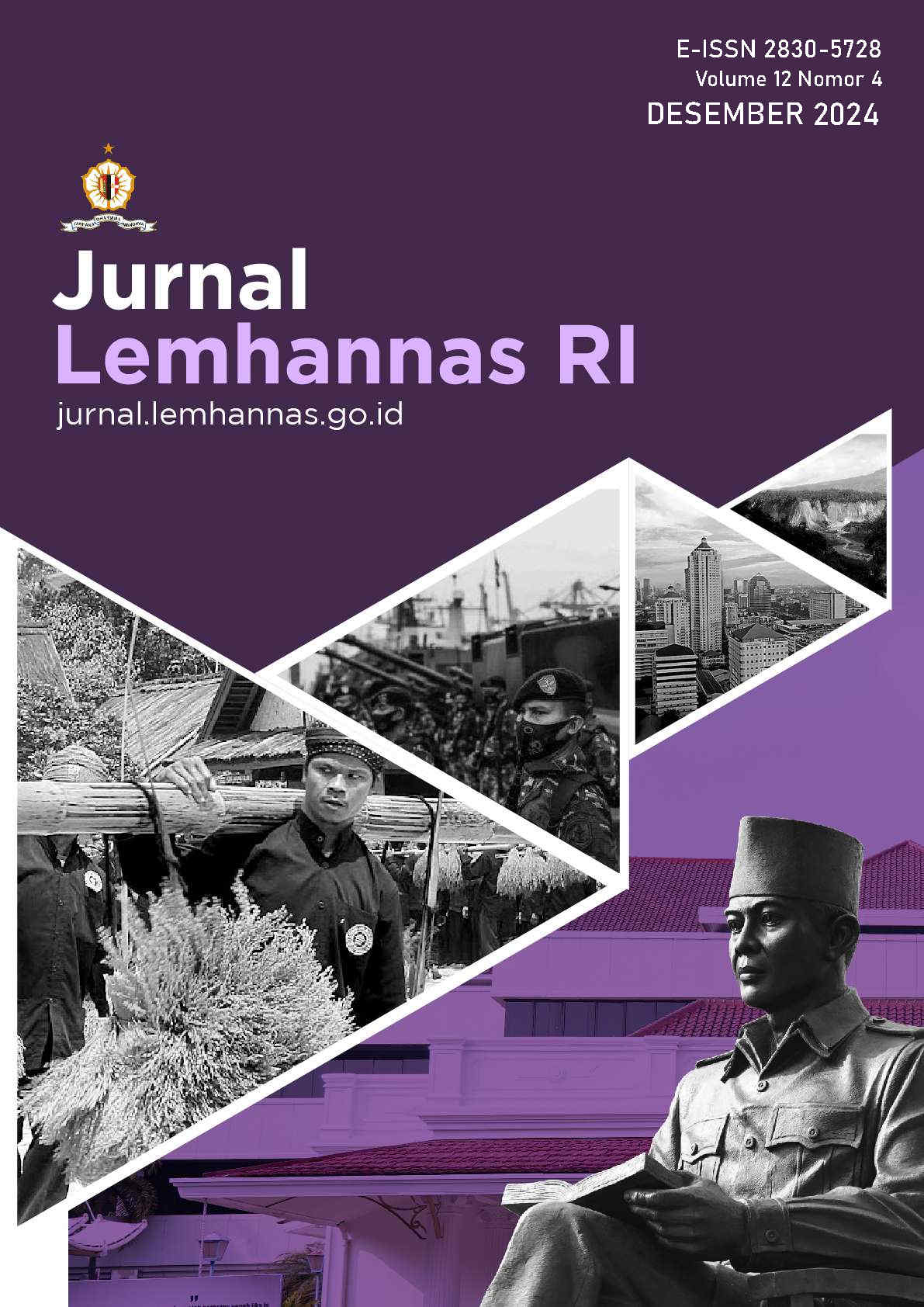Hoaxes in the Digital Era: An Analysis of Social Media Users’ Perceptions and Attitudes
Main Article Content
Abstract
Purpose: This study examines the impact of hoaxes on public perception and social stability in Indonesia, particularly within the context of digital media consumption. It also explores the role of digital literacy in mitigating the spread of misinformation and evaluates strategies for strengthening resilience against hoaxes.
Study Design/Methodology/Approach: A quantitative survey approach was adopted to assess the perceptions and behaviours of social media users regarding hoaxes. The study collected data from respondents with diverse demographic backgrounds through an online questionnaire. Statistical analysis was conducted to evaluate hoax exposure, media literacy levels, and hoax dissemination patterns across different user groups.
Findings: The results indicate that hoaxes are predominantly spread through social media platforms, with certain age groups and education levels being more susceptible to misinformation. Low digital literacy and algorithmic bias, such as filter bubbles, contribute to the rapid dissemination of false information. While government and private-sector initiatives in digital literacy programmes have made progress, challenges remain in ensuring widespread adoption of fact-checking habits among users.
Originality/Value: This study contributes to the understanding of hoaxes as a security threat by linking misinformation to social instability and potential geopolitical risks. It underscores the need for enhanced digital resilience strategies, including improved regulations, community-driven digital literacy initiatives, and collaboration between stakeholders to combat misinformation effectively.
Article Details

This work is licensed under a Creative Commons Attribution-ShareAlike 4.0 International License.





